Is Scottish independence still on your radar?
In a recent interview, Nicola Sturgeon said that she still believes Scotland will become an independent country during her lifetime, but the issue is “off the radar” for now.
At the weekend, First Minister John Swinney was asked about his predecessor’s comments, and he said he disagreed with her assessment.
He told the BBC: “It’s pretty clear that economic management in the United Kingdom and economic opportunity in the United Kingdom is deeply weakened by the folly of Brexit.
“The way to sort Brexit is for Scotland to become an independent country and re-join the EU.
“That will bring economic opportunities for our country.”
I supported Scottish independence in 2014 and would vote Yes again in a heartbeat.
But I can’t in all honesty say that the constitutional question is at the forefront of my mind as we begin 2025.
The thing is, it’s clearly not on the SNP’s mind, either.
‘Independence stuck in neutral’
In the years since the 2014 independence referendum, the case for Scotland’s independence has arguably grown stronger.
The economic shambles tied to Brexit and long-running political mismanagement at Westminster only fuel the arguments for self-determination.
But here we are, over a decade on, and the independence movement finds itself stuck in neutral.
The momentum that once seemed so unstoppable has faltered.
Due credit must go to the UK government for this.
We can’t have another referendum without their permission, and it seems they are invulnerable to accusations of being anti-democratic.
It says a lot about both the Conservative and Labour parties that they haven’t even set out the conditions in which they would allow another referendum.
The UK is apparently a voluntary union, but Scotland can’t vote to leave unless a UK prime minister gives the go-ahead.
What strange times we live in. But there is plenty of blame to go around.
‘Why is SNP afraid to talk about independence?’
One of the soundbites enjoyed by SNP politicians is that the only way we can secure a second independence referendum is to win broader support for the cause.
When opinions change and a sustained majority of Scots support independence, this, they say, will make it impossible for Westminster to refuse a request for a referendum.
It makes sense in theory.
But if building support is the only credible route to independence, why does the party entrusted with leading that charge seem so afraid to talk about it?
The polls don’t show support for independence dropping.
Yes voters aren’t changing their minds and running back to Westminster’s warm embrace.
If independence is off the political radar for the time being, it’s not because the mood of the country has fundamentally changed.
It’s because of the lack of urgency and vision from the political wing of the independence movement.
‘Remember why SNP exists’
Nobody expects IndyRef2 to be the main priority for the SNP in 2025. And nor should it be.
The NHS is in a dire state, poverty continues to have a devastating impact on low-income families and local councils are struggling to fund vital services.
John Swinney has plenty to be getting on with.
But if the SNP still believes that independence – and the full range of powers that come with it – is the best route to building a better, fairer Scotland, then they must start making that case.
It’s time for the SNP to remember why they exist—and to act like it.
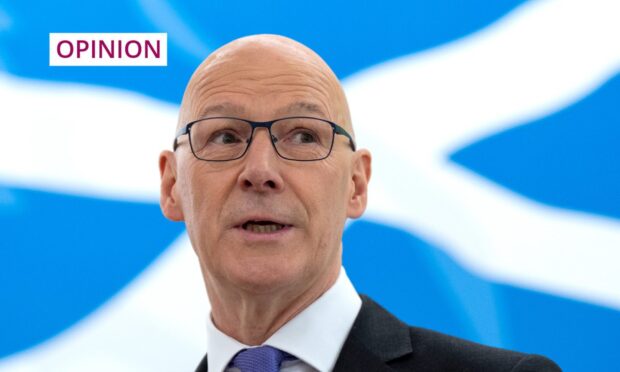
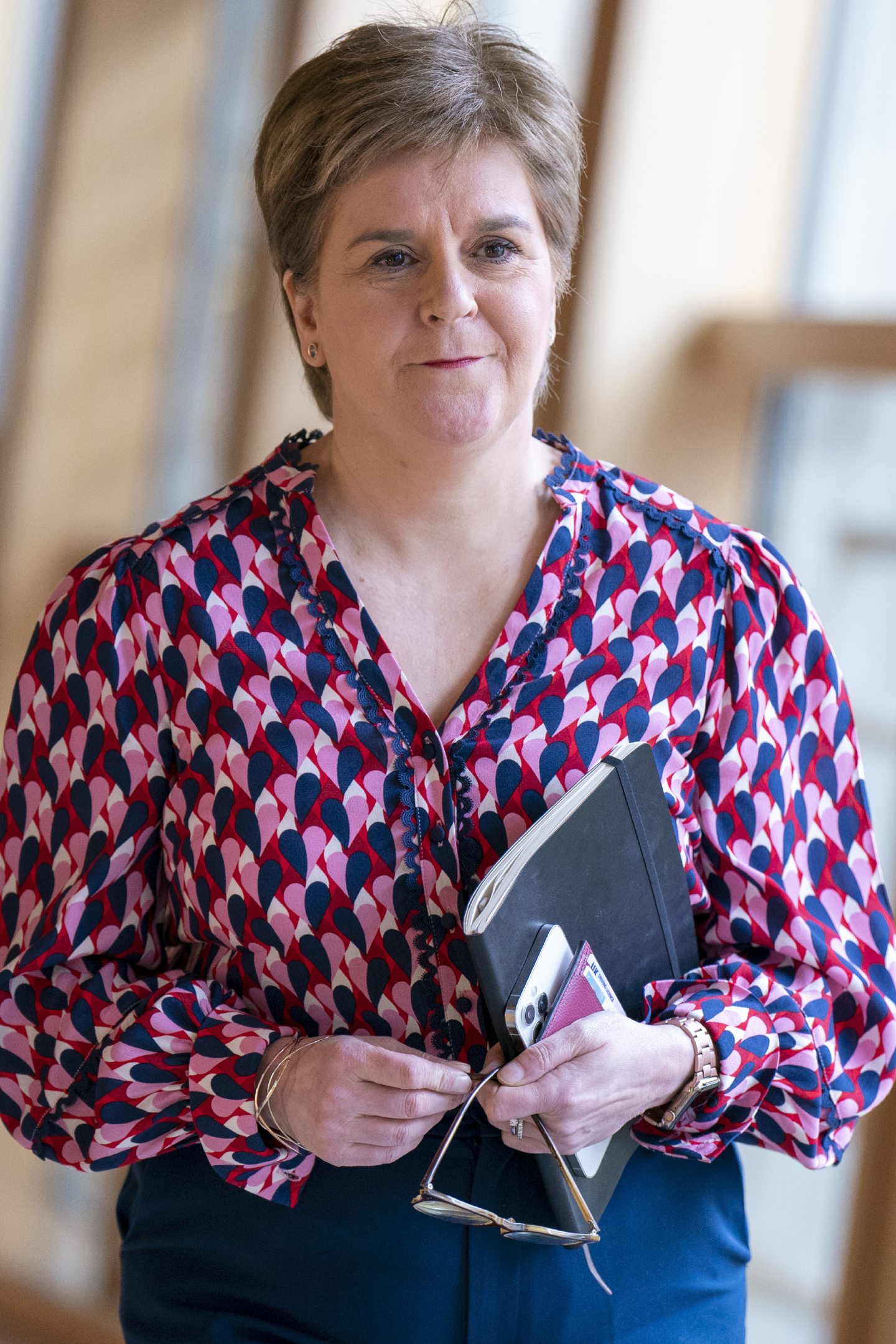
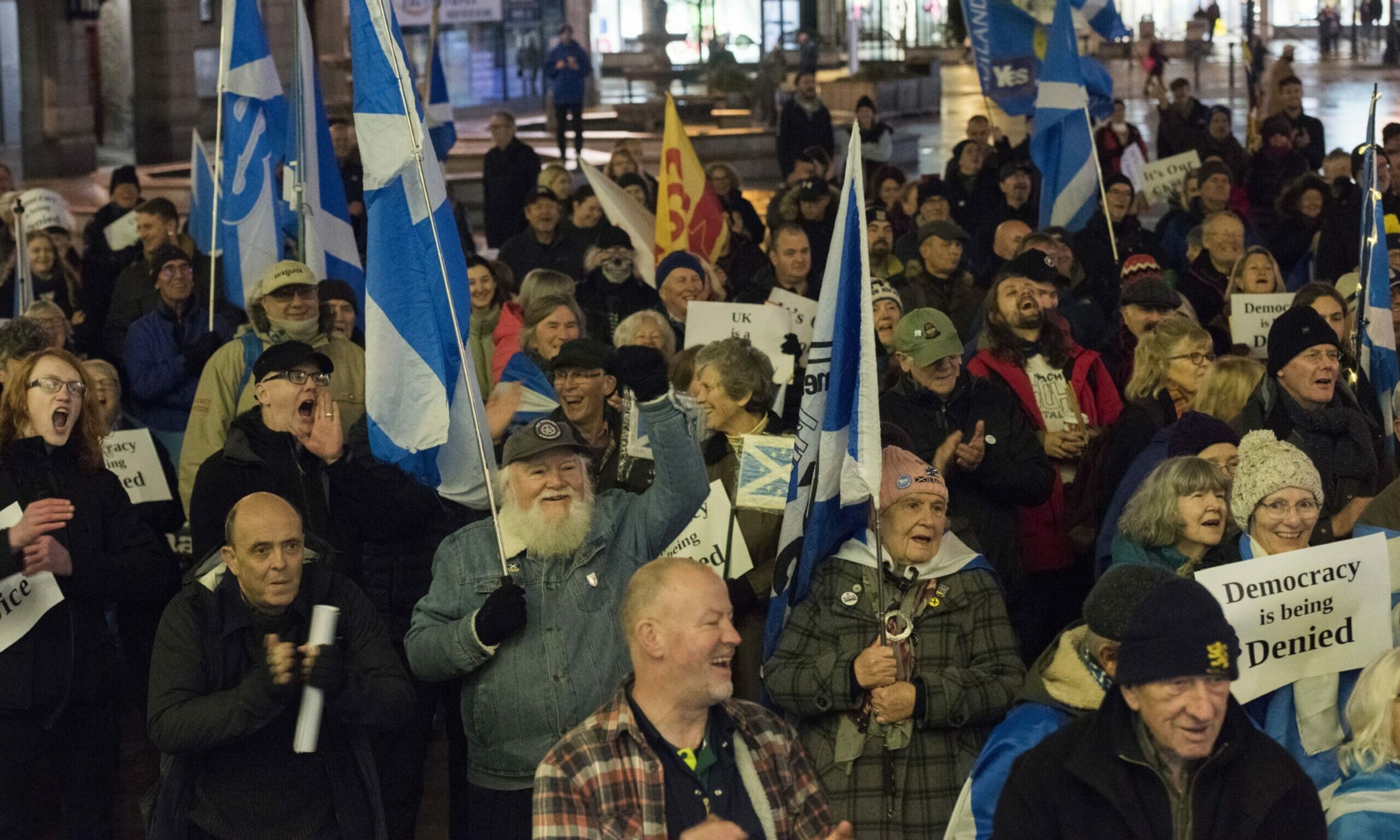
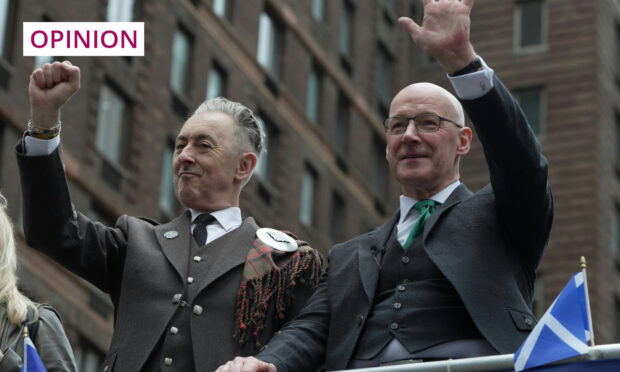
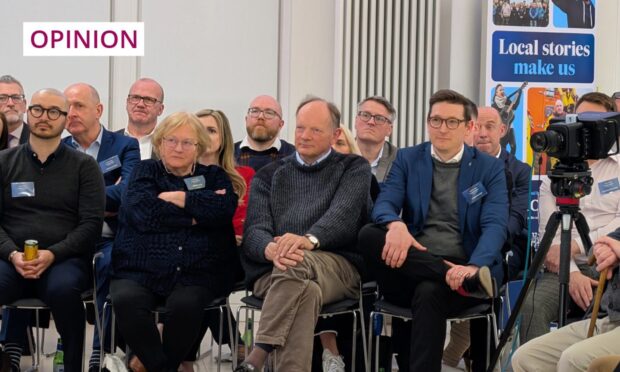
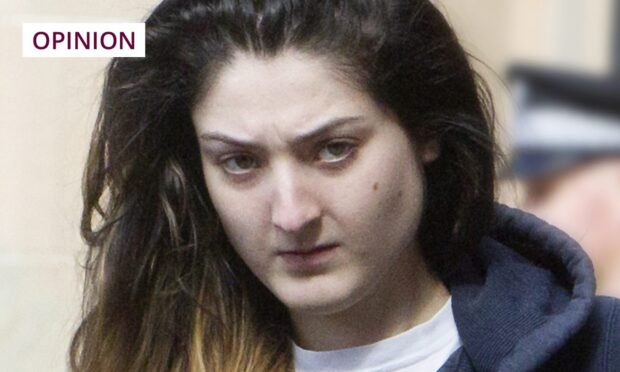
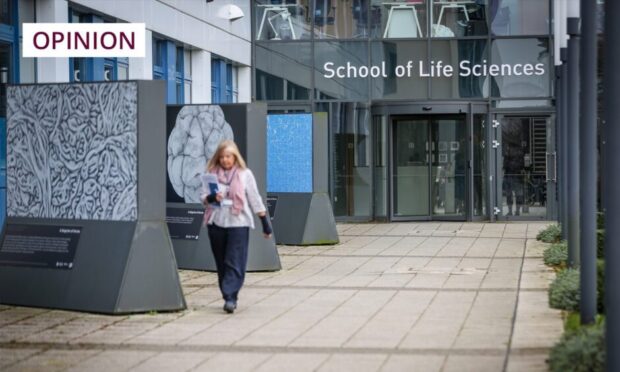
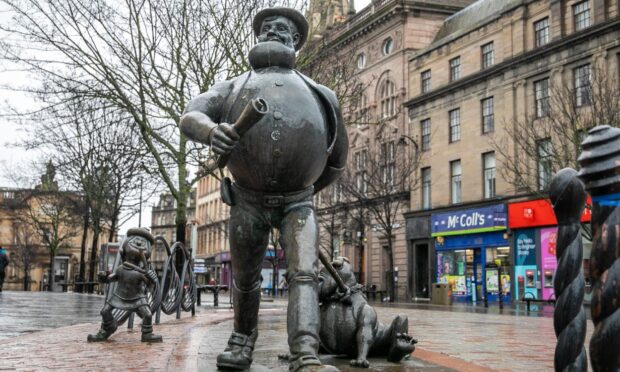

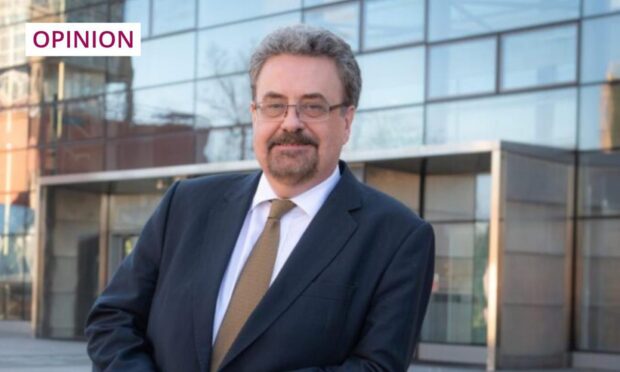
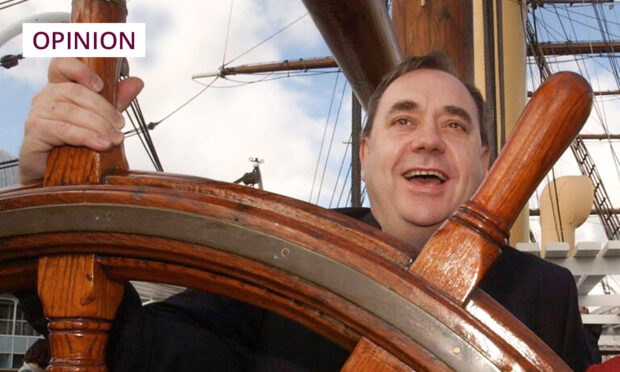
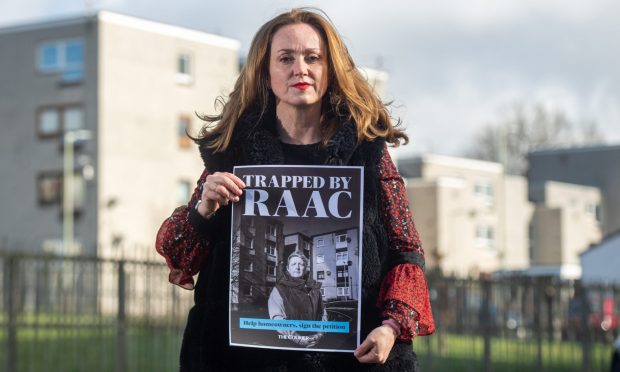
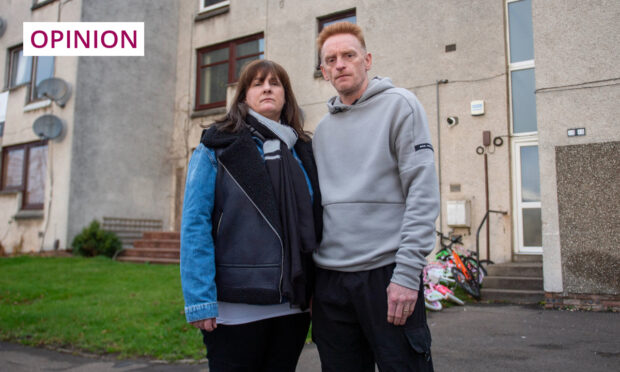
Conversation